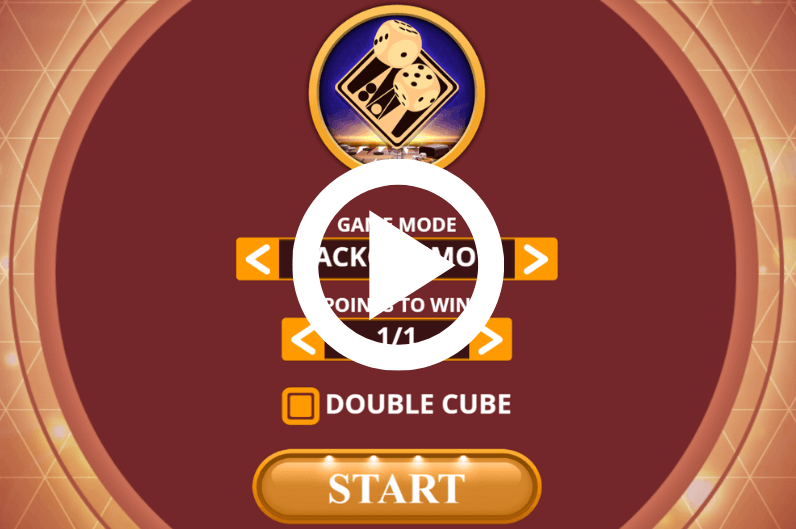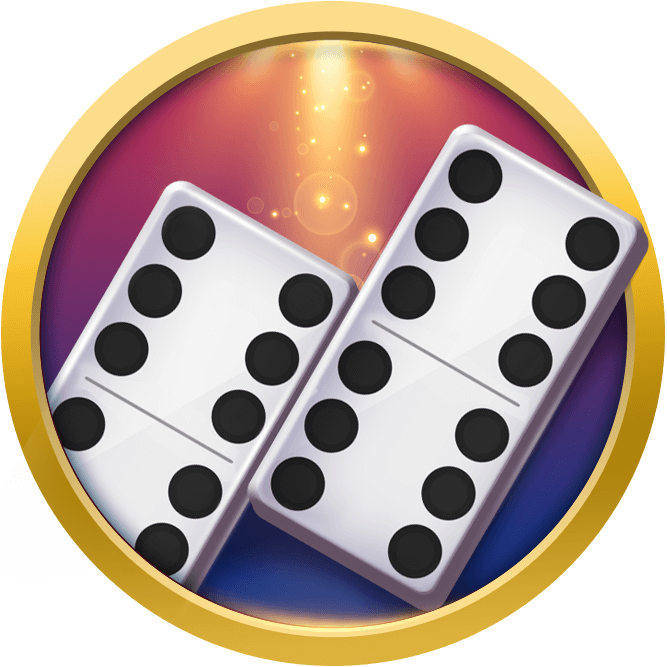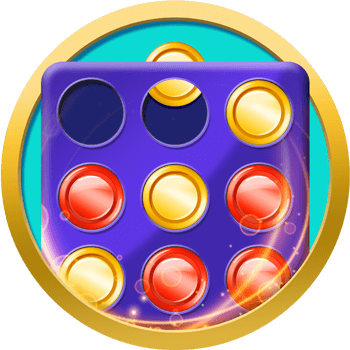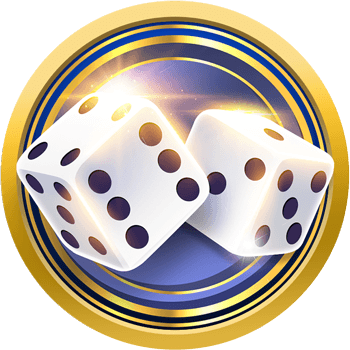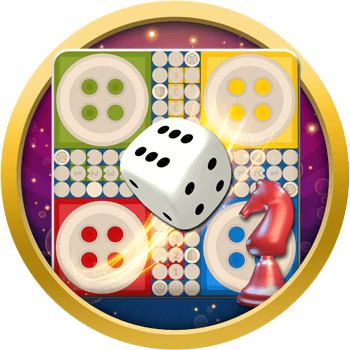Play Backgammon Game Online
Home »
Backgammon is the most played board game for two players. The game set consists of a board,15 checkers for each player, and a pair of dice.
The main objective of Backgammon is to move all the checkers to your home board and bear them off.
The game is popular in many countries, such as the United States, Canada, and Australia. Also, it is very well-known in the European Continent and large parts of Asia and Latin America.
Play Backgammon online with diverse options: live games, tournaments, weekly charts, and social functions.
Improve your skills by playing for free in the training rooms if you are not confident to start a multiplayer game.
Check some tips on how to play and find some facts about the game.
Backgammon History
It is believed that Backgammon originates from ancient Mesopotamia in the Persian Empire (currently Iran, Iraq, and Syria). There’s a good chance that Backgammon is the oldest game ever recorded. It started with the use of flat surfaces, usually made of wood. Stones were used instead of chips, and the dice were made of bones, wood, stone or ceramic.
Boards, chips, and dices can be traced hundreds of years ago in the times of the Egyptians, Sumerians, and Persians. In Asia an ancient text was discovered, revealing the symbolism of the game:
- The board represents one year.
- Each side has 12 triangles for each month of the year.
- 24 triangles represent the hours in one day.
- The 30 checkers are the days of the month.
- Seven is the sum of the smallest and the largest result of the dice and represents the days of the week.
- The colors of the chips represent the day and the night.
Game Rules
The backgammon board is divided into four quadrants: two outer boards and two home boards, one for each player. They are separated from each other by the board bar. Each player starts with 15 checkers.
Game Goal
The objective of the game can be separated into two stages:
- The first one is to move all the checkers to your home board.
- The second stage is to bear them all from the board. The player who manages to bear all of their checkers from the board first wins the game. If the doubling cube isn’t used for a single game, 1, 2 or 3 points are rewarded at the end, depending on the losing player’s progress at the game’s finish.
Dealing and Playing
At the beginning of the game, both players throw a die to see who goes first. The one who rolls higher starts the game.
The first player rolls the dice and checks the result to see how many spaces they can move with the checkers. The pieces are then moved either clockwise, or counter-clockwise, depending on who is the player.
Checker movements
Movement is determined by what is rolled on the dice. The main restriction is that the player can only move a checker to a space that their pieces occupy, has only a single opponent’s checker, or has no checkers on it. The player is free to decide how exactly to make their moves, as each die roll represents a single movement action available to the player’s pieces. It is possible to sum the dice results and use them on a single checker, however, it still counts as two movement actions.
Whenever a player rolls doubles, the values for each movement action will be doubled. For example, if the roll is 4 and 4, the player should treat this as two movement actions with a space value of 8 for each, totaling in 16 spaces worth of movement.
If a player moves their piece to a space that is occupied by a single opposing checker (known as a “blot”), that piece is considered “hit” and is removed from its space and placed on the center bar of the board.
Replaying “Hit” Checkers
When a piece is considered “hit” and removed from the board, It must be replayed before that player can begin or resume and “bearing” operations. In order to do this, the player must roll a number corresponding to a playable space within their opponent’s home area.
Afterwards, normal movement of the piece may resume.
Getting All Checkers in Home Area
Relocating all checkers of a single color to a player’s home area is the first step towards victory within Backgammon. It allows the player to make more strategic uses of their rolls with the ultimate goal of “bearing” their pieces.
Bearing
To “bear off” a checker, all checkers must be within the home area. The players bear off checkers that correspond to the dice results. Rolls must be exact unless there are no checkers on spaces equivalent to or higher than the player’s roll.
Example: Player rolls a 5 and a 4, but no pieces remain on the 5 or 6 positions. Then the player may use both rolls to “bear off” checkers from the 4 position.
Gammons and Backgammons
After a player has won the game, the amount of points they receive is determined by the progress made by their opponent:
- When the losing player has “born off” at least one piece by the time the game has ended, the winner scores one point.
- When the losing player hasn’t “born off” any pieces by the time the game has ended, the winner scores two points, and this is known as a “Gammon”.
- When the losing player hasn’t “born off” any pieces by the time the game has ended, and they have at least one piece in the winner’s home area/on the center bar, the winner scores three points, and this is known as a “Backgammon”.
How to win at Backgammon
Playing any game with success requires not only an understanding of the rules but also some experience. Online backgammon is not an exemption from this rule. If you would like to play like a pro, check out our suggestions on how to win:
- First, when you play you have to avoid leaving single checkers. Your opponent can reach and hit them. One of the ways to achieve this is to situate your checkers on more triangles. This strategy will help you a lot in the first part of the game when you try to gather all the checkers in your home field. Having many triangles with checkers means that there are possibly many more combinations between them.
- When you play, do not think exclusively about your tactics. Instead, have a look at what are the objectives of your opponent and try to break them.
- Escape fast from the home field of your adversary. The best option to do it is when you roll double. Otherwise is a better escape when you have appropriate dice results.
- During the second part when it is time to bear off the checkers use optimally the dice results. Try to avoid rotation in your home quadrant if it is possible to remove them directly.
WANT TO TRY MORE GAMES?
Welcome to our new Dominoes Online & Ludo Game.


